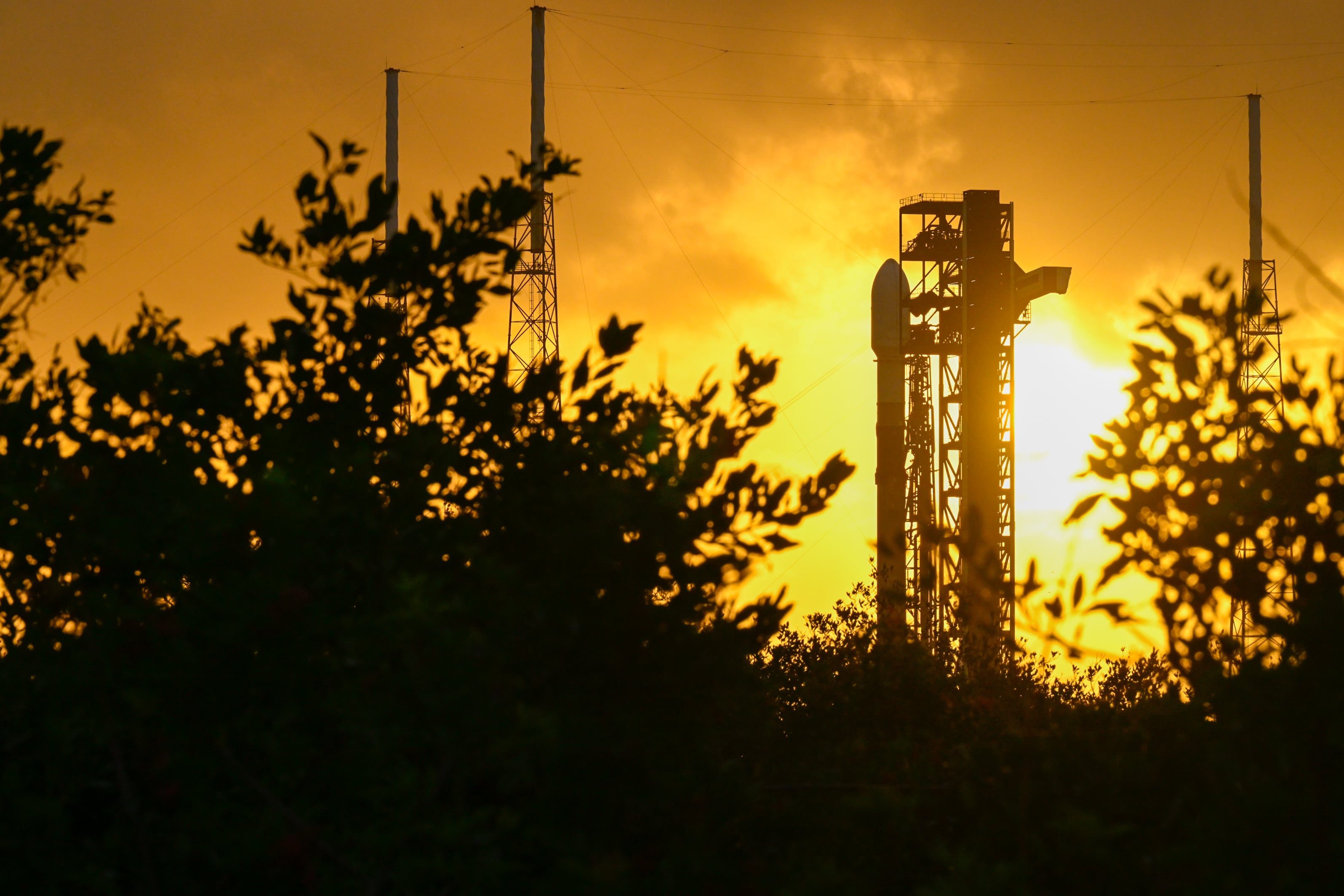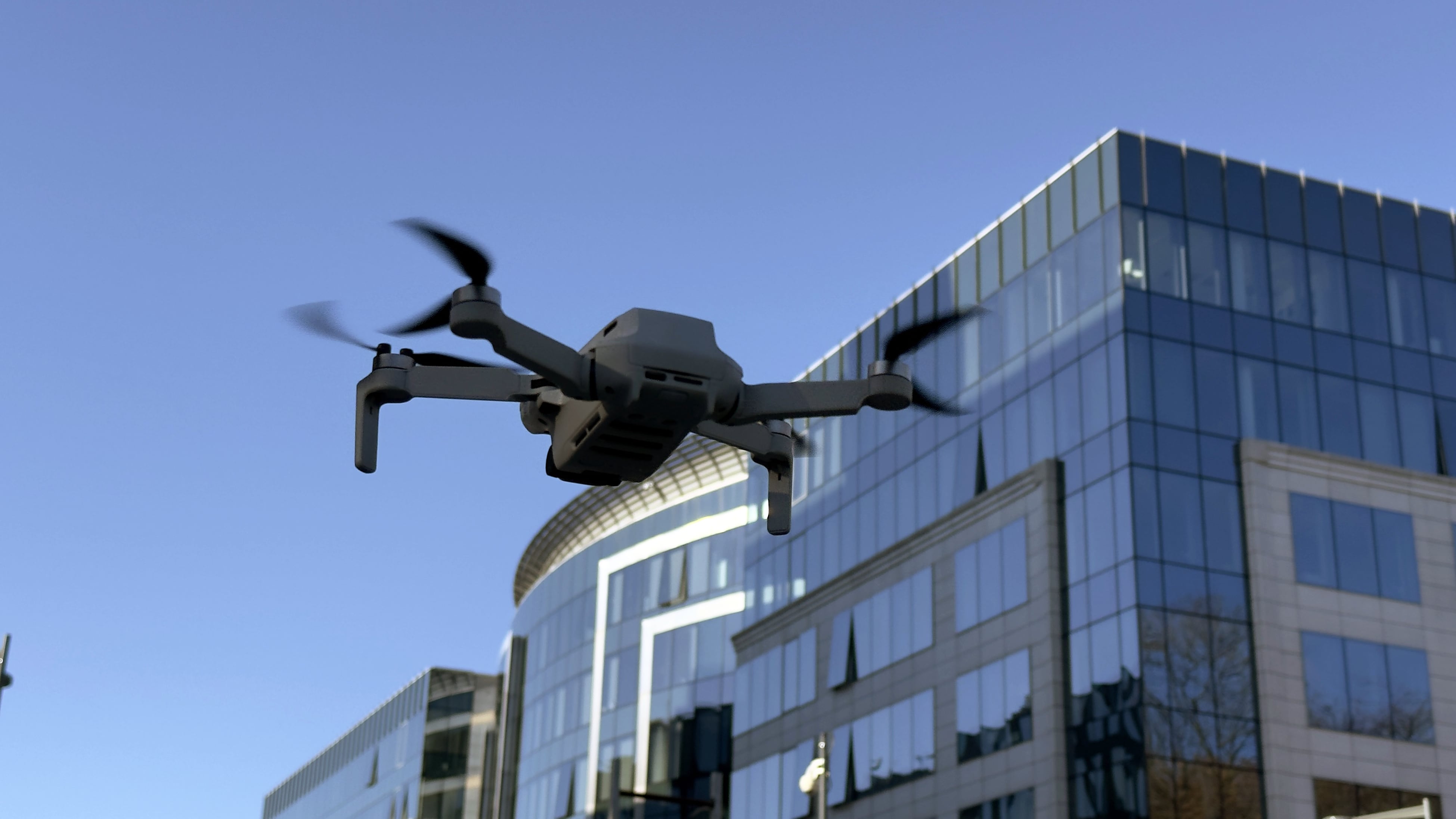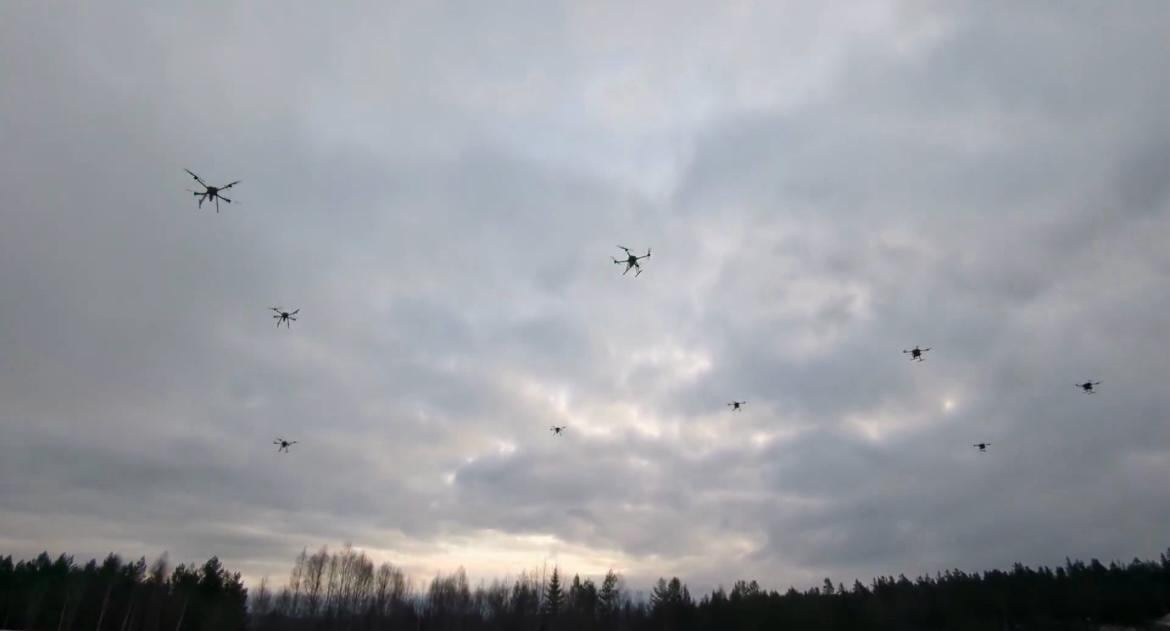Reduced launch costs over the last few decades could shave up to 40% off past cost estimates for a space-based missile defense layer, according to the Congressional Budget Office.
However, CBO cautioned in a May 5 letter to Senate lawmakers that a Golden Dome missile defense shield that accounts for threats from regional adversaries like North Korea — and militaries with closer parity to the United States like China and Russia — would likely require many more sensors and interceptors than previous estimators accounted for, driving a much higher price tag.
“Such a defense could require a more expansive SBI capability than the systems examined in the previous studies,” CBO said in the letter, addressed to senators Deb Fischer, R-Neb., and Angus King, I-Maine. “Quantifying those recent changes will require further analysis.”
The Pentagon has explored options in the past for fielding constellations of space-based systems designed to intercept, or destroy, enemy missiles. The idea was championed by the Reagan administration, whose high-profile Strategic Defense Initiative was intended to take out Soviet missiles from space. The program was ultimately canceled, in part, due to technical challenges and policy issues.
An executive order signed by President Donald Trump in January has spurred renewed interest in space-based interceptors. The order called for an advanced, layered network of missile defense systems, since dubbed Golden Dome, that would protect against threats from the ground and in orbit.
Over the years, analysts have studied the cost of various space-based interceptor, or SBI, options. CBO used a report of its own published in 2004 and a National Research Council study from 2012 as a baseline for its memo to Senate lawmakers. Those studies included cost estimates ranging from $264 billion for a constellation of 1,300 interceptors to $831 billion for 2,000.
At both ends of the cost spectrum, launch is a considerable factor in CBO’s estimates. The studies assumed launch costs would range from $9,800 to $10,600 per pound, which puts its 20-year launch cost projection between $116 billion and $335 billion in 2025 dollars.
Since the early 2000s, when these studies were conducted, launch costs for like-constellations have fallen by 90% and account for a much lower share of an SBI program’s total cost, CBO found.
“With those lower costs, launch services would account for less than 10 percent of the total costs of the constellations over 20 years, as opposed to about 40 percent in the original CBO and NRC estimates,” CBO said.
Those lower launch prices would drop the lower-end cost projection to around $161 billion and the higher end to $542 billion.
Still, the budget office said, the actual cost of an interceptor architecture designed to meet a wide-range of missile defense demands would likely be much higher than the 2004 and 2012 estimates, regardless of launch prices.
The letter notes that factors like lower-cost interceptors could help offset the need for a more proliferated architecture, but more analysis is needed. CBO is in the midst of a more detailed study of the constellation’s overall cost.
The Pentagon has not yet revealed its architecture for Golden Dome but is expected to request funding for the effort in its fiscal 2026 budget. A budget reconciliation package proposed by House Republicans last week includes $24.7 billion for missile defense, including $5.6 billion for space-based interceptors.
CBO notes that should the Pentagon opt to focus its use of SBIs on “rogue adversaries” and use other parts of its missile defense architecture to counter more advanced threats, that could reduce the size of its SBI constellation and potentially lower associated costs.
“The SBI system would probably have to be larger than those assumed in the two earlier studies — because of increases in North Korea’s capabilities — but not as large as would be necessary to counter Chinese or Russian attacks,” CBO said.
Courtney Albon is C4ISRNET’s space and emerging technology reporter. She has covered the U.S. military since 2012, with a focus on the Air Force and Space Force. She has reported on some of the Defense Department’s most significant acquisition, budget and policy challenges.








